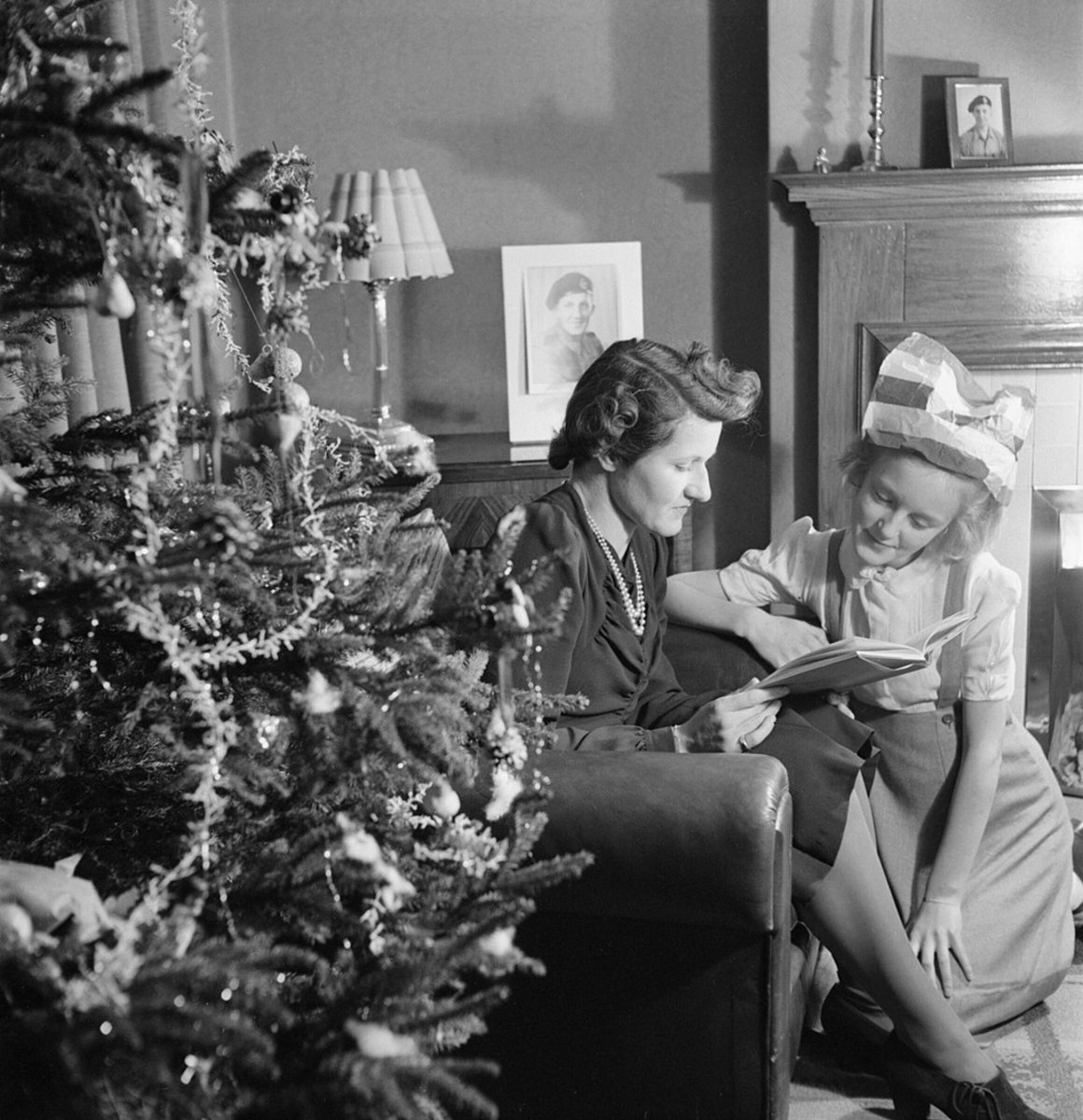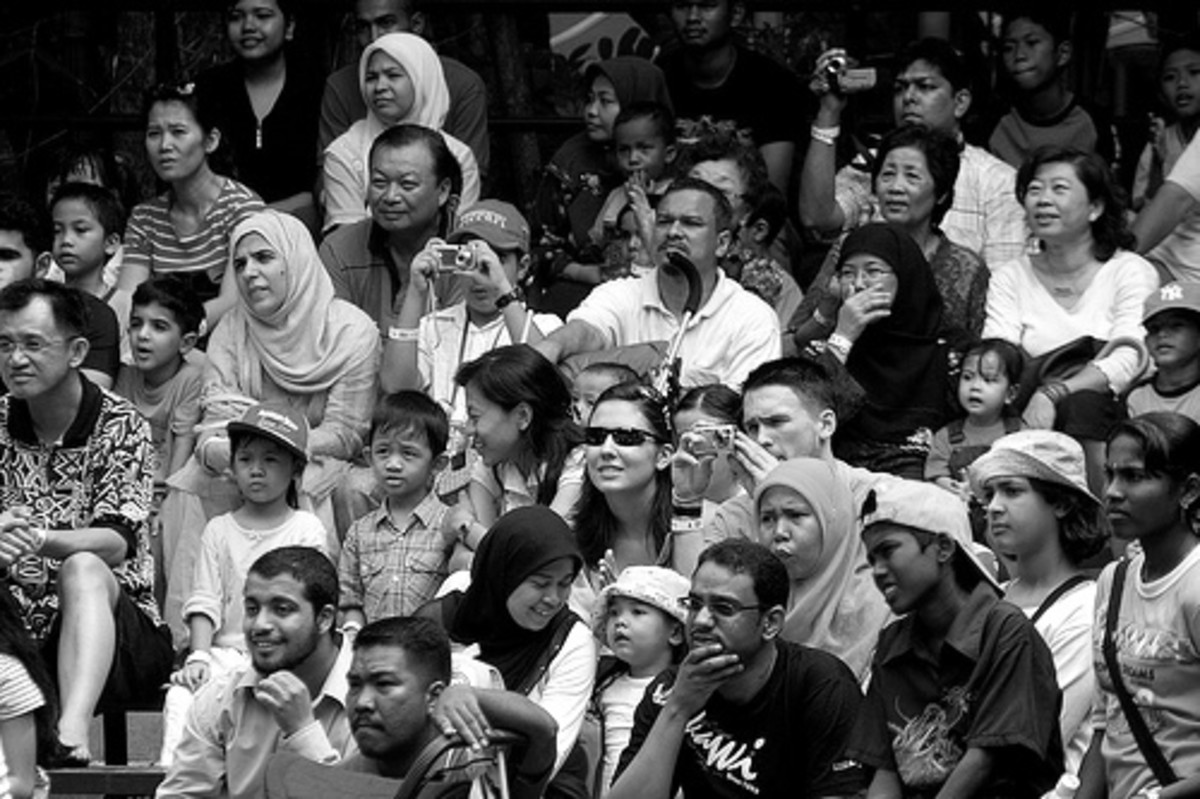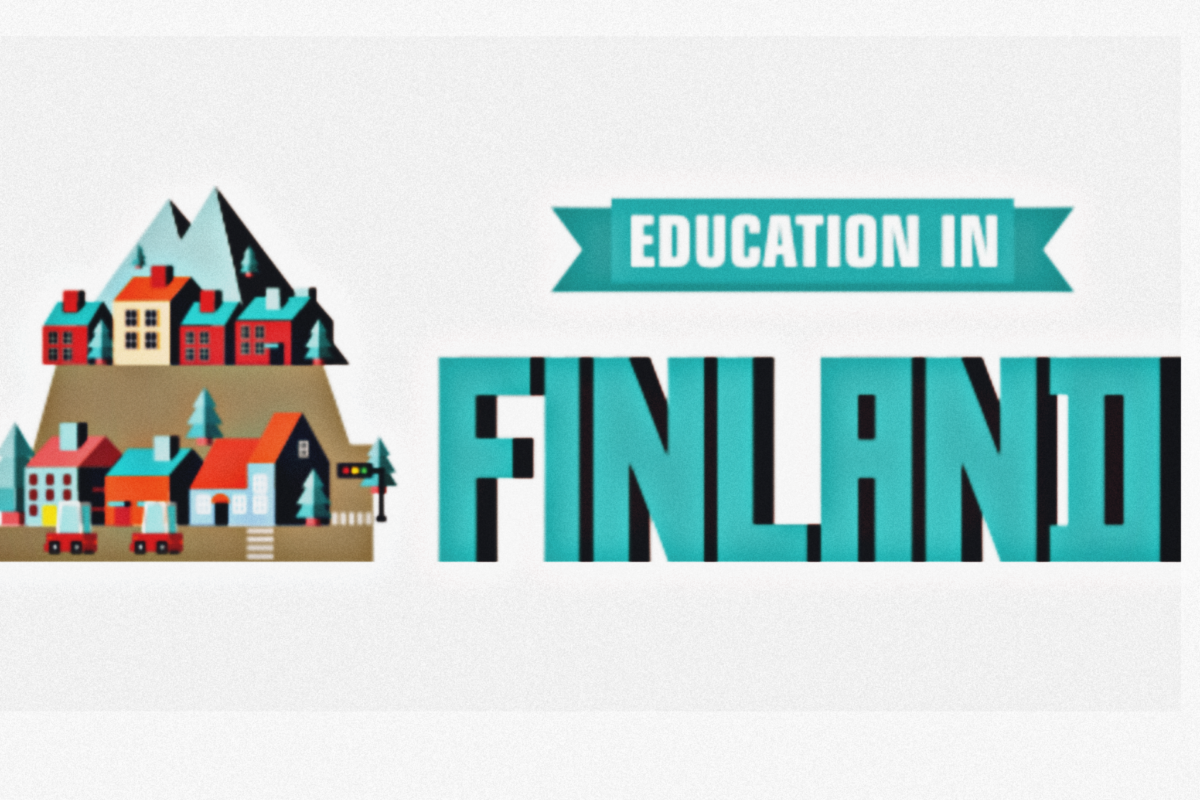Should Holidays be Celebrated at School?
Christmas parties, secret Valentines, and Halloween masks have been an enjoyable part of elementary school curriculums for generations. It is believed that through such celebrations children come to appreciate their own rich cultural heritage (Vygotsky 261). It may come as a surprise then that many teachers and even some states are removing holiday celebrations and decorations from their classrooms (Iowa). Those who advocate such removal offer compelling reasons: The majority of holidays are religious in nature, giving rise to two problems. First, religious holiday celebrations at school violate the Constitutional principle of the separating Church and State. Second, classroom celebrations of religious holidays alienate certain students and demonstrate a lack of respect for diversity. Sensitivity to these dangers has moved many teachers to replace traditional celebrations with alternative festivities that neither violate the Constitution nor offend religious or cultural minorities.
Tradition
While certain holidays may be of long-standing tradition in American culture, celebrating these holidays at school violates an even older and more vital aspect of our American heritage: freedom of religion. In 1791, the United States became a leader among free nations when it enacted the First Amendment to its Constitution prohibiting the government from showing preference to one religion over another. This umbrella of protection guarantees the freedom to practice the religion of our choice and prevents majority religions from persecuting or harassing smaller sects.
The First Amendment principle also prevents the government from pressuring its citizens to observe the holidays of any particular religion. Our public schools, as state-sponsored institutions, are bound and obliged to uphold this constitutional freedom. Since Christmas, Easter, and Valentine's Day are considered to be Christian celebrations, the teacher (as the representative of the state) shows unconstitutional preference for Christianity whenever she arranges for an observance of these holidays.
Those who are concerned that removing holiday celebrations from our schools means losing part of our heritage may be somewhat comforted to know that such celebrations are a relatively recent addition to our culture. For the first two hundred years, colonial settlers in New England did not celebrate Christmas. In fact, between 1659 and 1681 there was a fine of five shillings for anyone celebrating Christmas in Massachusetts (Nissenbaum 3). The founding fathers were well aware that most of the customs which we now associate with Christmas are not genuine Christian customs, but are actually pagan customs that have been absorbed into Christianity. Many popular Christmas customs, including feasting, decorating with lights, and giving gifts were derived from the ancient holiday of Saturnalia celebrated by the Romans in mid-December. Christmas trees and Santa Clause are of pagan Norse tradition (Hastings 608-9). It was not until the large-scale immigration of the Irish and German immigrants in the mid-1800s that Christmas began gaining popularity in North America.
Diversity
The United States has long been a melting-pot of cultures and much of the nation's strength and brilliance stems from this diversity. Respecting this diversity and according equal rights to minority cultures has always been a challenge. Teachers who rise to this challenge in the classroom deserve our appreciation and commendation. Creating a classroom in which students feel comfortable, appreciated, and safe should be a goal of all educators (Oregon 2003). Unless we are sensitive to cultural differences, we risk being blissfully unaware of the discomfort and anxiety that a celebration may bring to minority students.
For example, we might wonder who could possibly be offended by the spirit of goodwill and appreciation encouraged by the Thanksgiving holiday. Cultural sensitivity however, helps us to understand that native American children may see Thanksgiving as a reminder of broken promises and forced displacement. Seeing the situation through the eyes of others helps us realize that Christmas may remind Jewish and Muslim students of the uncomfortable differences in ideology and sometimes bloody clashes between their own religion and Christianity. By encouraging students to wear green and "be Irish for a day" on St. Patrick's day, a teacher is, in effect, encourage her non-Catholic students to be Catholic for a day.
Solutions
Some may feel that instead of removing these celebrations for school, attendance at such could be made optional, relieving minority students of the pressure to participate. Perhaps during a school-wide period of free activities, children could attend the activity of their choice. Certain classrooms would host traditional celebrations for those who wished to attend; whereas other classrooms could host non-holiday festive activities. Although this compromise might eliminate much of the discomfort for minority students, the school would still be violating the constitution by giving preference to a certain religion by using classroom space for the celebration.
In the search for better alternatives, teachers such as David Wish, a first grade teacher in San Francisco, California have found that the best way to meet children's need for celebrations is to hold festivities which are based on the passage of seasons or academic achievements. Mr. Wish explains, "We still have great parties with yummy treats in my first grade class at this time of year but I always have academic reasons for the celebration. I try to schedule our curriculum so that we finish projects students can feel proud of. We celebrate our academic achievements, play math games, and celebrate the hard work we have done in the fall semester." Such non-religious festivities are beneficial in uniting children of diverse cultures in a common celebration.
Our founding fathers had the right idea. Maintaining a demarcation between church and state preserves our freedom to celebrate as we please in our homes and place of worships while preserving our schools as safe havens for education. To uphold the constitution, show respect for diversity, and maintain a safe learning environment for all students, holiday celebrations are best celebrated at home rather than at school.
Works Cited
Vygotskiĭ, L. S. Educational psychology. Boca Raton, Fla: St. Lucie P, 1997.
Religious Holiday Celebrations in Public Schools. Iowa Department of Education. Iowa Department of Education. 25 May 2009 <http://www.iowa.gov/educate/index.php?option=com_content&view=article&id=1136:religious-holiday-celebrations-in-public-schools&catid=411:legal-lessons>.
Nissenbaum, Stephen. The Battle for Christmas. New York: Vintage Books USA, 1997.
Hastings, James, ed. "Christmas." Encyclopædia of Religion and Ethics. 12 vols. Edinburgh, 1910.
Creating a Safe and Nurturing Classroom Environment. Salem, OR: Oregon Resiliency Project, 2003.
Ace Carpet Cleaning of Gig Harbor
- Ace Carpet Cleaning
Ace Carpet Cleaning. Hypoallergenic carpet and upholstery cleaning 253-851-1234. Licensed, Bonded, Insured. Downtown Gig Harbor. Chamber of Commerce Member.
Ace Window and Gutter Cleaning
- Window Cleaning Gig Harbor
Picture-perfect window cleaning - Call Ace at 253-851-1234. Monthly specials, three-week guarantee, emergency service. Gig Harbor Window Cleaning, Gig Harbor Gutter cleaning, Tacoma Window Cleaning, Tacoma Gutter Cleaning





